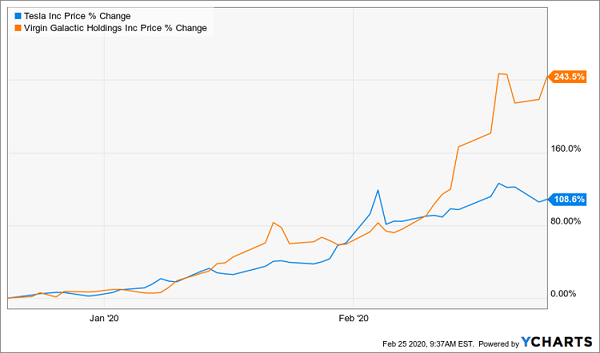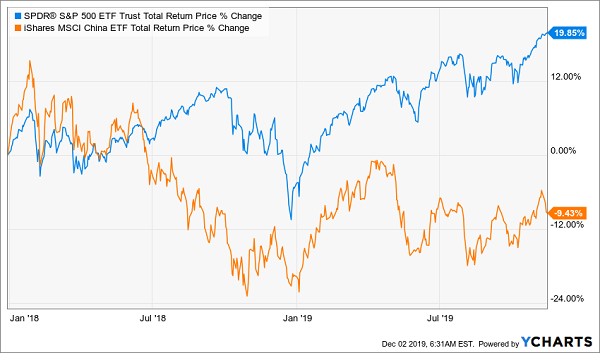This crisis has hit income-seekers—particularly retirees—hard. After the stomach-churning March selloff came the slashing of “sacred cow” dividends, like those of senior-care providers Ventas (VTR) and Welltower (WELL).
Look to Closed-End Funds for Retirement Income
It’s understandable (and healthy!) if the past few months have made you extra cautious when picking dividend stocks. The good news on the dividend front is that you can still find plenty of high, safe payouts in my favorite corner of the high-yield market: closed-end funds (CEFs).
CEFs are a great pick for retirement income today, for three reasons. First, they still give you access to large-cap stocks you know well: mainstays like Visa (V), Apple (AAPL) and Johnson & Johnson (JNJ) feature in many equity-CEF portfolios.… Read more



Recent Comments